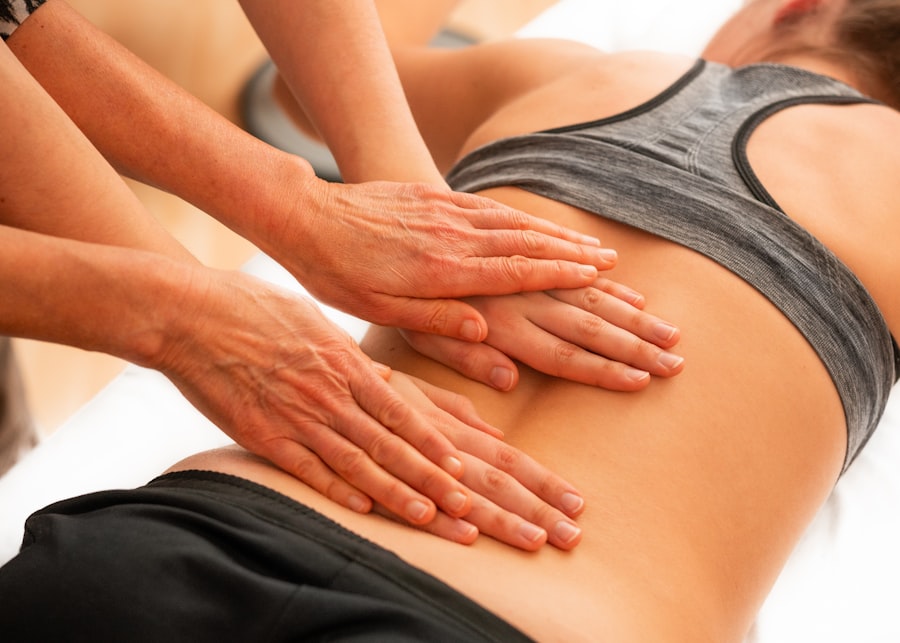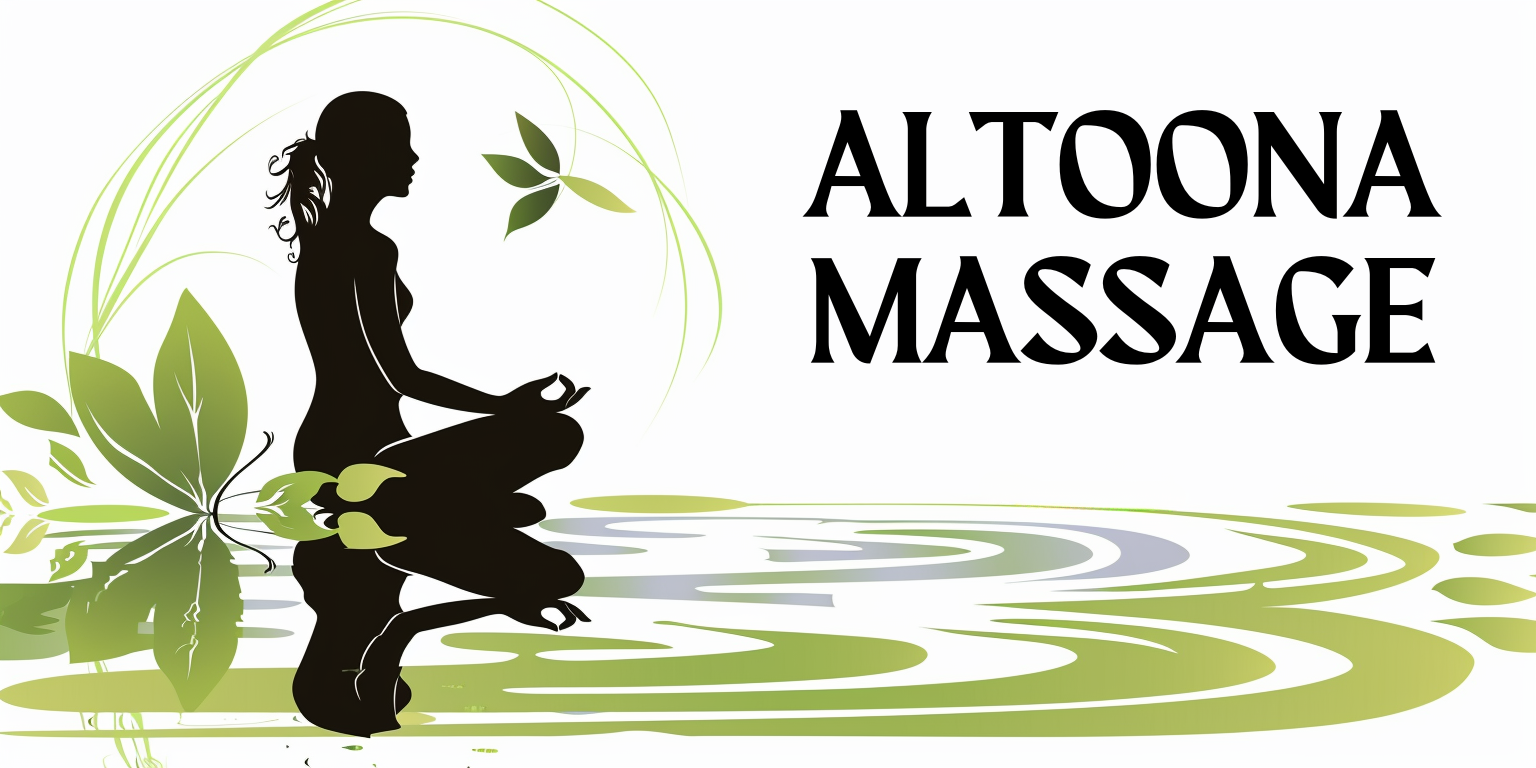Understanding the fundamentals of circulation and blood flow is essential for appreciating how your body functions. Your circulatory system is a complex network that includes the heart, blood vessels, and blood itself. This system is responsible for transporting oxygen, nutrients, hormones, and waste products throughout your body.
The heart acts as a pump, propelling blood through arteries and veins, ensuring that every cell receives the necessary elements to thrive. When you engage in physical activity or experience emotional changes, your heart rate increases, enhancing blood flow to meet your body’s demands. Blood flow is not just about movement; it also involves the regulation of blood pressure and the distribution of blood to various organs and tissues.
Factors such as temperature, physical activity, and even your emotional state can influence circulation. For instance, when you exercise, your muscles require more oxygen, prompting your heart to pump faster and your blood vessels to dilate. This dynamic process is vital for maintaining overall health and well-being, as it ensures that your body operates efficiently.
Key Takeaways
- Good circulation and blood flow are essential for overall health and well-being.
- Improved circulation can lead to better oxygen and nutrient delivery to tissues and organs.
- Massage can help improve circulation by promoting relaxation and reducing muscle tension.
- Techniques such as Swedish massage and deep tissue massage are effective for improving circulation.
- Conditions such as diabetes, high blood pressure, and arthritis can benefit from improved circulation through massage.
The Benefits of Improved Circulation and Blood Flow
Enhancing circulation and blood flow can lead to a multitude of health benefits that significantly improve your quality of life. One of the most immediate advantages is increased energy levels. When blood flows freely throughout your body, it delivers oxygen and nutrients more effectively, which can help you feel more alert and less fatigued.
Improved circulation also aids in the removal of metabolic waste products, reducing feelings of sluggishness and promoting a sense of vitality. Moreover, better circulation can have a positive impact on your skin health. When blood flow increases, it brings essential nutrients to the skin while flushing out toxins.
This can result in a more radiant complexion and may even help reduce the appearance of fine lines and wrinkles. Additionally, improved circulation can enhance your immune system’s efficiency, allowing your body to fend off illnesses more effectively. By ensuring that your organs receive adequate blood supply, you support their optimal functioning, which is crucial for overall health.
How Massage Affects Circulation and Blood Flow

Massage therapy is a powerful tool for enhancing circulation and blood flow throughout your body. When you receive a massage, the therapist applies pressure to specific areas, which stimulates the underlying tissues and promotes increased blood flow. This mechanical action helps to dilate blood vessels, allowing for greater volume and speed of blood movement.
As a result, oxygen-rich blood reaches your muscles and organs more efficiently, facilitating recovery and overall wellness. In addition to the physical benefits, massage also has psychological effects that can further enhance circulation. The relaxation response triggered by massage reduces stress hormones in your body, which can constrict blood vessels and impede circulation.
By alleviating stress and promoting relaxation, massage helps to create an environment where blood can flow freely. This dual effect—both physical and psychological—makes massage an effective method for improving circulation.
Types of Massage Techniques That Improve Circulation
There are several massage techniques specifically designed to enhance circulation and blood flow. One popular method is Swedish massage, which employs long strokes, kneading, and circular movements to promote relaxation and increase blood flow. The gentle yet effective techniques used in Swedish massage help to stimulate the circulatory system while providing a soothing experience.
Another technique that significantly benefits circulation is deep tissue massage. This method focuses on the deeper layers of muscle tissue and fascia, applying more intense pressure to release tension and improve blood flow in areas that may be restricted. By targeting specific knots or tight areas in the muscles, deep tissue massage can enhance circulation in those regions, promoting healing and recovery.
Conditions That Can Benefit from Improved Circulation through Massage
Improved circulation through massage can be beneficial for various conditions that affect your overall health. For instance, individuals suffering from chronic pain conditions such as fibromyalgia or arthritis often experience reduced blood flow to affected areas. Massage therapy can help alleviate pain by increasing circulation, which promotes healing and reduces inflammation.
Additionally, those with circulatory issues such as peripheral artery disease or varicose veins may find relief through regular massage sessions. By enhancing blood flow in these areas, massage can help reduce discomfort and improve mobility. Furthermore, athletes often utilize massage as part of their recovery regimen to enhance circulation after intense workouts or competitions, aiding in muscle recovery and reducing soreness.
Precautions and Considerations for Massage and Circulation

While massage offers numerous benefits for circulation, it is essential to approach it with caution. Certain medical conditions may require you to consult with a healthcare professional before beginning any massage therapy. For example, individuals with severe cardiovascular issues or those who are pregnant should seek guidance from their doctor to ensure that massage is safe for them.
Additionally, it’s important to communicate openly with your massage therapist about any pre-existing conditions or concerns you may have. They can tailor the session to meet your specific needs while ensuring that pressure levels are appropriate for your situation. Being aware of your body’s responses during a massage is also crucial; if you experience any discomfort or pain, it’s essential to inform your therapist immediately.
Incorporating Massage into a Healthy Lifestyle for Better Circulation
To maximize the benefits of improved circulation through massage, consider incorporating it into a broader healthy lifestyle. Regular physical activity is one of the most effective ways to enhance circulation naturally. Engaging in aerobic exercises such as walking, running, or swimming can complement the effects of massage by promoting cardiovascular health.
In addition to exercise, maintaining a balanced diet rich in fruits, vegetables, whole grains, and healthy fats can support optimal circulation. Foods high in antioxidants and omega-3 fatty acids are particularly beneficial for promoting healthy blood flow. Staying hydrated is equally important; adequate water intake helps maintain proper blood viscosity and supports overall circulatory function.
The Importance of Regular Massage for Circulation and Blood Flow
In conclusion, regular massage therapy plays a vital role in enhancing circulation and blood flow throughout your body. By understanding the basics of how your circulatory system functions and recognizing the myriad benefits that improved circulation offers, you can appreciate the value of incorporating massage into your wellness routine. From increased energy levels to enhanced skin health and reduced pain from chronic conditions, the advantages are numerous.
As you consider adding massage therapy to your lifestyle, remember to approach it mindfully by consulting with professionals when necessary and communicating openly about your needs during sessions. By doing so, you can create a holistic approach to health that not only improves circulation but also contributes to your overall well-being. Embracing regular massage as part of a healthy lifestyle will undoubtedly lead you toward a more vibrant and energetic life.
FAQs
What is circulation and blood flow?
Circulation refers to the movement of blood through the body, while blood flow refers to the rate at which blood moves through the blood vessels.
How does massage improve circulation and blood flow?
Massage helps to improve circulation and blood flow by increasing the pressure and movement of blood through the body’s blood vessels. This can help to deliver more oxygen and nutrients to the body’s tissues and organs.
What are the benefits of improved circulation and blood flow?
Improved circulation and blood flow can lead to a range of benefits, including better oxygenation of tissues, improved waste removal, reduced inflammation, and enhanced overall health and well-being.
What types of massage are most effective for improving circulation and blood flow?
Various types of massage can be effective for improving circulation and blood flow, including Swedish massage, deep tissue massage, and lymphatic drainage massage.
Are there any risks or contraindications to consider when using massage to improve circulation and blood flow?
While massage is generally safe, individuals with certain medical conditions such as blood clots, deep vein thrombosis, or cardiovascular issues should consult with a healthcare professional before receiving a massage to improve circulation and blood flow.
